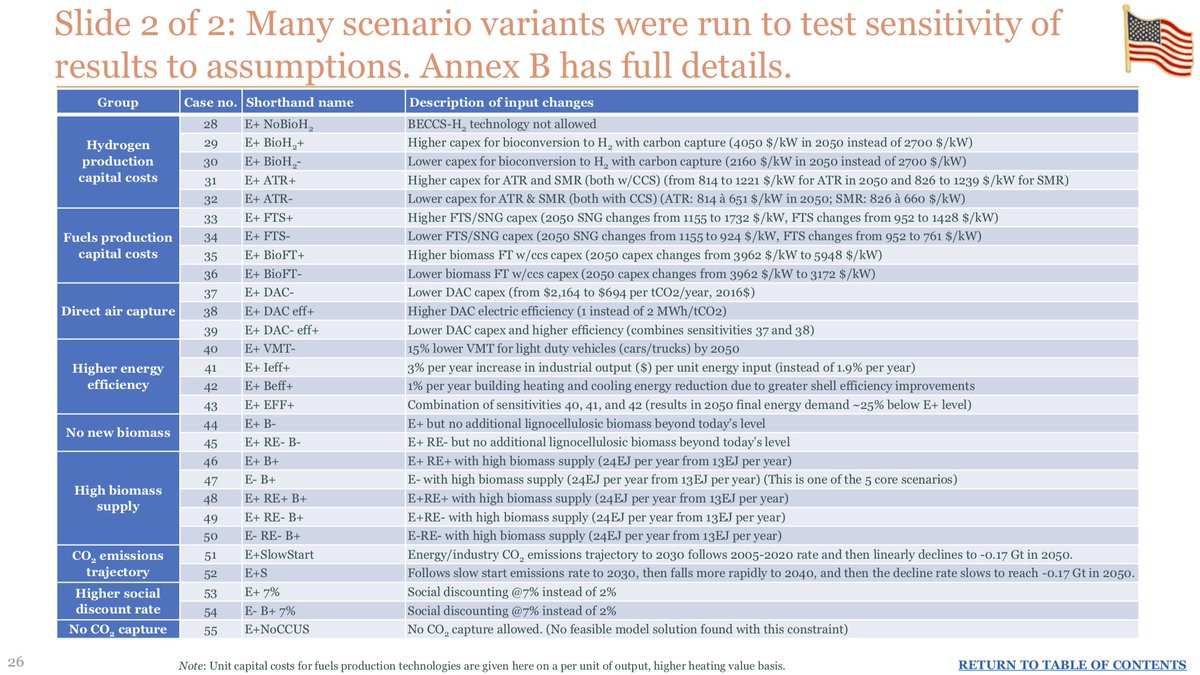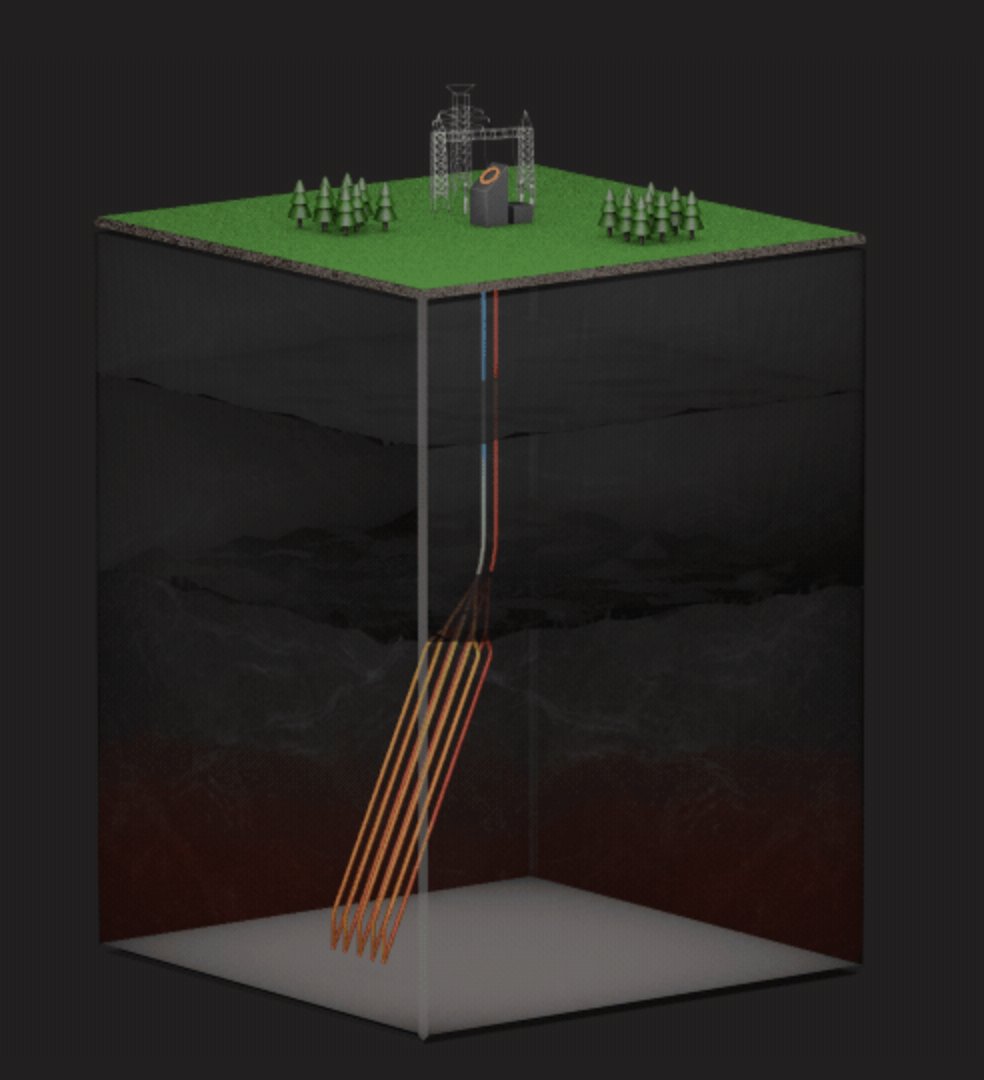
The bipartisan Infrastructure Investment and Jobs Act which passed November 6th is the largest investment in clean energy innovation since the Carter Administration. Maybe even bigger than that. (Someone do some inflation adjusted math please). This is way under appreciated!!
And while R&D budgets get a smaller boost (and are trending upwards in regular appropriations budgets), most of this new funding is for demonstration and deployment: hydrogen & air capture hubs, energy storage, nuclear & CCS demos CO2 pipelines & storage, grid investment & more.
There's also significant funding for energy efficiency and weatherization and for supporting US clean energy supply chains and critical materials, especially for batteries.
These programs represent a major, historic expansion of DOE's mission into critical areas beyond R&D, & they passed w/bipartisan support. If enacted well and if they endure, these programs will become a veritable Clean Energy Deployment Administration like we've never had before!
For more details on what's in the Infrastructure Bill for clean energy innovation, see the REPEAT Project summary of programs at bit.ly/REPEAT-Policies
PS, while these energy innovation programs are critical & historic, they focus on the techs we need for the 2030s/40s to get to net-zero. The Infrastructure Bill wont drive big emissions reductions this decade. For that we need to pass Build Back Better. repeatproject.org/docs/REPEAT_Pr…
• • •
Missing some Tweet in this thread? You can try to
force a refresh















